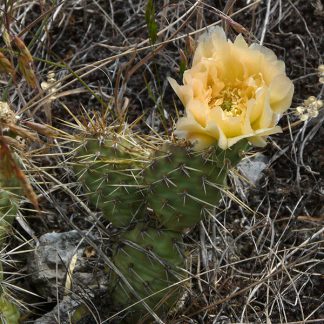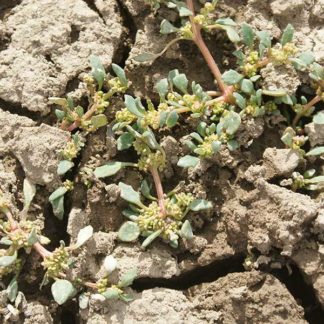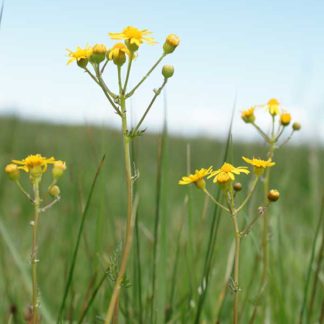Plants in the Valley
Showing 205–216 of 343 results
-

Onobrychis viciifolia / sainfoin
- forage legume, taller than alfalfa
- pink pea-like flowers with striped banner petal and darker keel
- spiky inflorescence (a raceme) blooming from bottom up - up to 50 flowers
- pinnately compound leaves with single terminal leaflet
- naturalized with sagebrush and mountain shrubs, but also in the central Valley
-

Opuntia fragilis / brittle pricklypear
- smallest pricklypear cactus; potato-shaped pads
- pads separate with lightest bump
- seldom flowers or fruits
-

Opuntia polyacantha / starvation cactus
- yellow or peach, complex, many-petaled flowers
- large globose, pointed buds with reddish scales
- cactus pads with long or short spines and nasty glochids
-

Orthilia secunda / sidebell wintergreen
- evergreen herb or sub-shrub
- boggy understory and forest stream banks
- basal, egg-shaped leaves with prominent veins
- very small to teeny creamy or green-ish flowers all on one side of stem
-

Osmorhiza spp / sweet cicely
- broad compound, bluntly toothed, fern-like leaves 3 times compoundly divided
- compound umbels of tiny white flowers; May-June
- short, understory herb
-

Oxybasis glauca / oak-leaved goosefoot
- typically prostrate and small, apart from other plants
- mudflats and other drying wet areas
- small, blue-green, small-lobed leaves; often w/ reddish stems
- teeny clusters of teeny yellow flowers
- leaves feel cool and damp due to glandular hairs on lower surface
-

Oxytropis sericea / white-point vetch
- white "pea" flowers in clusters of up to 25
- banner petal white with purple/blue veins
- hairy, pinnately compound leaves, all basal
- disturbed areas, especially exposed to cold, drought, high light etc.
- pretty, but toxic to grazing animals
-

Ozomelis stauropetala / side-flowered mitrewort
- teeny, white, star-like flowers spaced out on one side of a leafless stem
- basal leaves, slightly lobed
- understory in moist woods
-

Packera cana / woolly groundsel
- yellow, daisy-like blossoms with 8-13 ray florets ("petals")
- golden, central disks
- blossoms in flat-topped clusters of up to 15
- mostly basal leaves - unlobed, hairy, ovate, up to 2 inches long
- overall silvery appearance
-

Packera multilobata / lobeleaf groundsel
- deeply lobed leaves, mostly at the base of the plant
- bright yellow daisy-like flowers, 10-30 in a cluster per plant
- orange-yellow disk florets
- woodlands, foothills, and generally dry/ sandy/ rocky places.
-

Packera pseudaurea / falsegold groundsel
- yellow, flat-topped cluster of daisy-like flowers
- oval, erect basal leaves with long petioles and round/blunt-toothed edges
- generally in moist to wet habitats
Showing 205–216 of 343 results
